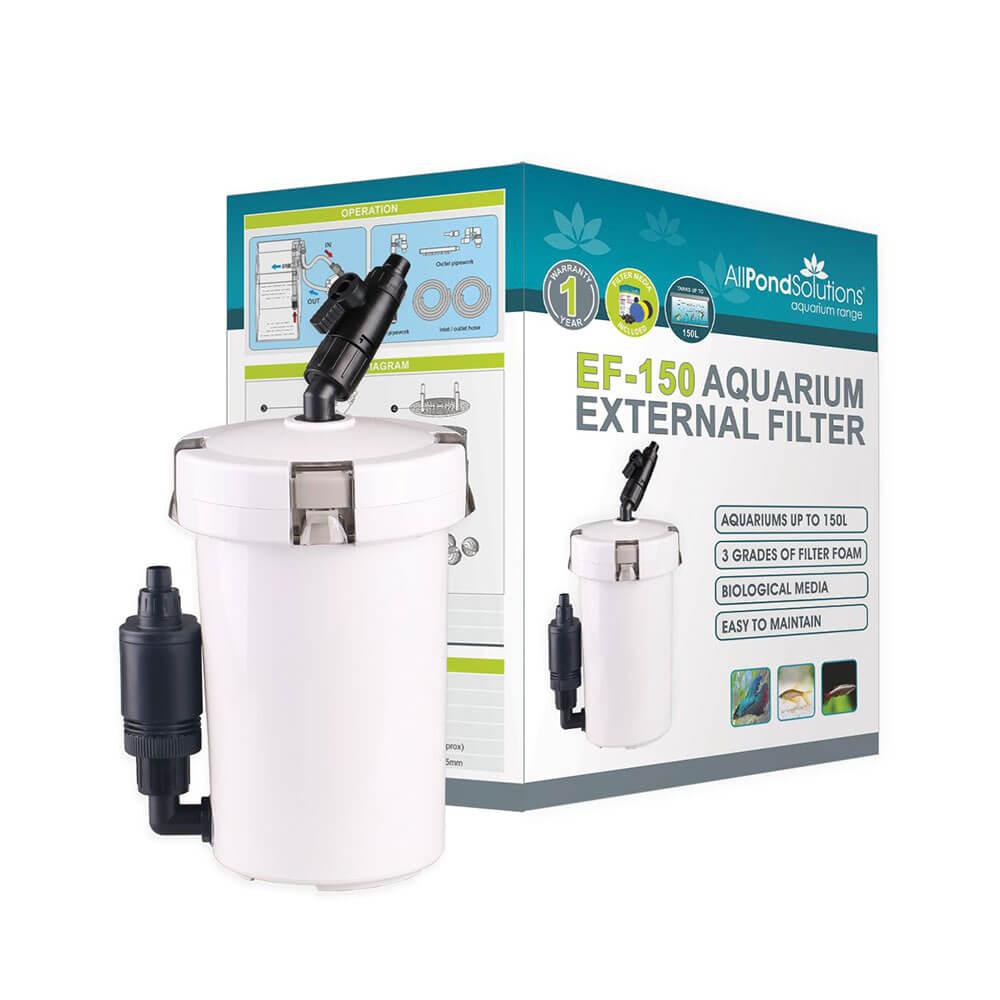A Guide to Feeding Your Fish
The Basics
The most common mistake when feeding fish is overfeeding. This clogs the filter, and breaks down into toxins, becoming a danger to your fish.
Fish are very opportunistic when it comes to eating, and will feed whenever they can, but most fish do well on just one feeding a day. They only need a small amount, and they should be able to get everything they need in two minutes.
There are a variety of different types of food available to you, and like most things, a varied diet for your fish is ideal too, as the more varied their diet, the more likely it is that they will get all the nutrients that they need.
The most important thing to research is what the nutritional needs of your fish are.
Live Fish Food
Live fish food is exactly as it sounds – food that is alive, whether it’s plants, animals or microorganisms. You must make sure that the live food that you introduce to the tank is not diseased. Feeder goldfish in particular are known for carrying disease, and fish that eat them will get infected.
Many fish will eat a little of any live plants or algae that you might have growing in your aquarium anyway, but if you have a voracious herbivore, then any live plants may get decimated. Other fish will eat microorganisms in your aquarium water or on your plants, and others still will eat worms, snails and invertebrates should you introduce them to the tank.
Processed Fish Food
There is a very wide range of processed fish food to choose from too.
Fresh food – this includes meat and vegetables with minimal processing. Many fish enjoy beef, poultry and seafood, but they should be uncooked. Some fish will also like potato, courgette, peas, beans and spinach.
Frozen food – Widely available, they can provide a varied but stable diet for a range of different fish. From shrimp, algae and vegetables to enhanced vitamin staples like sponges and insect larvae. There is a much, much lower risk of diseases transferring with frozen foods.
You can also buy freeze-dried food, which is stored easily and have a long shelf life. However, the process of drying them out in this way means that vitamins are also extracted as well. It is worth remembering that when you introduce freeze-dried food to the tank, they will rapidly absorb water, and make your fish fuller than they realise. Therefore, you must be careful about how much your fish eats and try to prevent them from overfeeding.
Canned food – These are often the best for your fish’s everyday diet, as they are usually engineered to contain all the nutrients that your fish will need. They are available in a variety of forms:
- Flakes. The most common type of fish food, and are available for the needs of specific fish, whilst others are designed to counter an imbalance of nutrition, so make sure that you take care when feeding your fish that you have the right type for them. Flakes are food specifically designed for goldfish, for instance.
- Pellets. They are available as floating or sinking pellets, depending on what your fish prefers, some fish prefer to feed off the bottom of the tank, while others prefer the water’s surface. Pellets can be fed loose, or formed in balls and stuck on to the side of the tank so you can watch your fish feed.
- Granules. Like small, hard pellets, granules are usually for small community fish.
- Tablets. Like large flat pellets, they are usually for scavengers and bottom feeders.
Try to feed your fish with a variety of different types of foods, as this will reduce the chance of malnutrition. In the wild, they would enjoy a variety of food, so try to recreate this in the tank too. It will also reduce the likelihood that your fish will simply stop eating what you’re giving them (this is usually because they are bored!).
